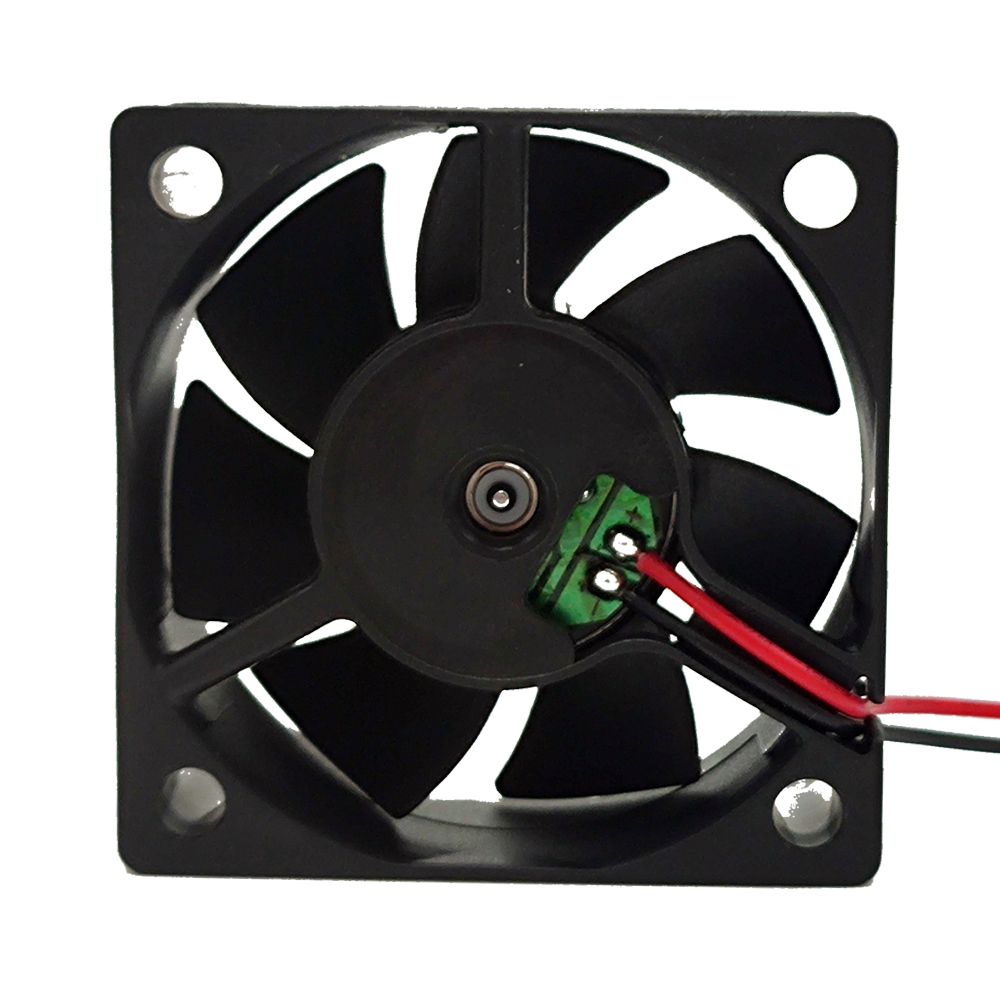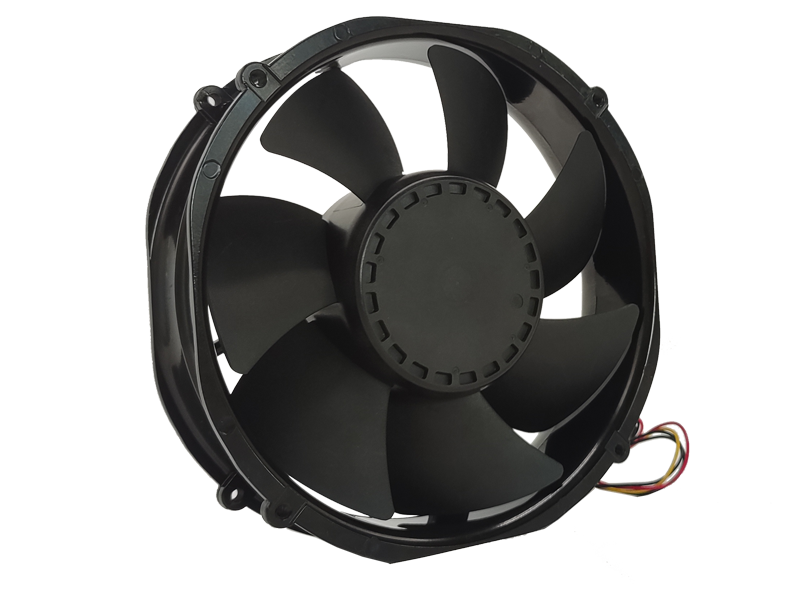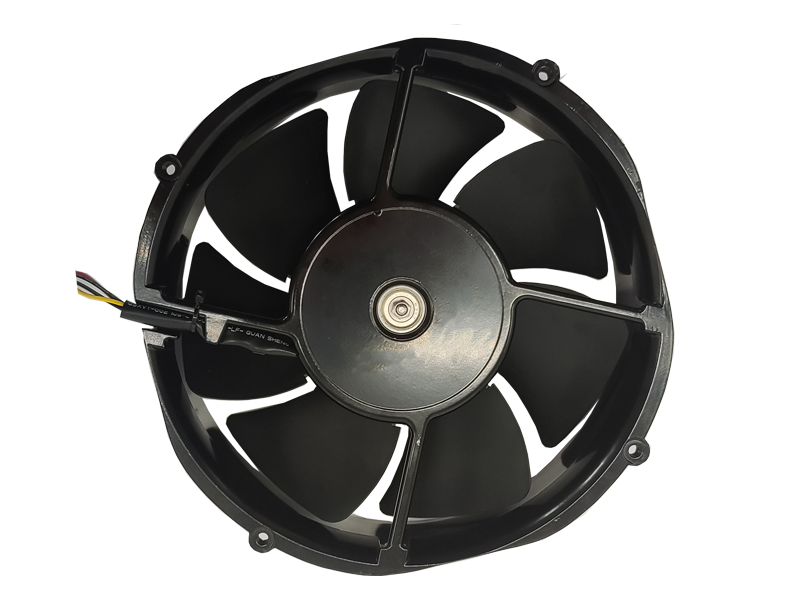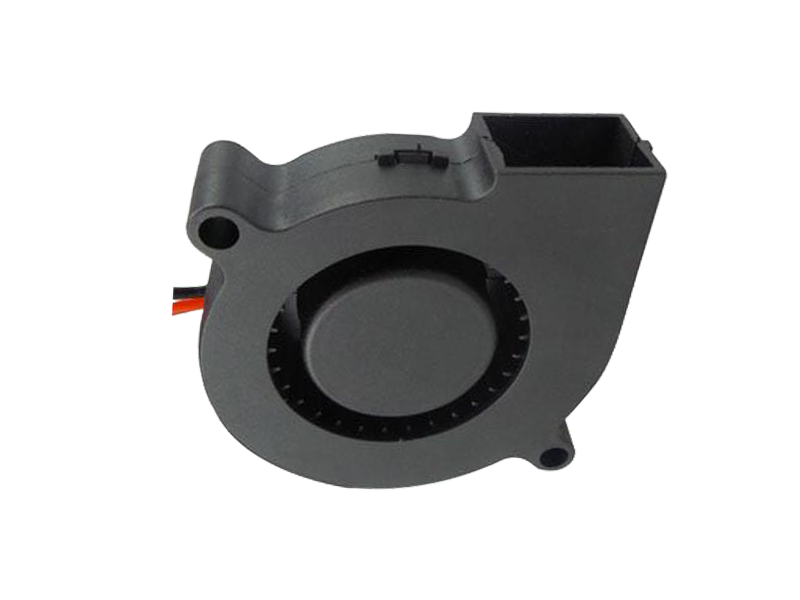Industrial fans are vital components in a wide array of applications, from large manufacturing plants and warehouses to agricultural and HVAC systems. The primary function of an industrial fan is to improve air circulation, maintain temperature regulation, and assist in cooling or ventilation processes within industrial settings. These fans play a critical role in ensuring safety, optimizing performance, and increasing productivity.
This article delves into the essential elements of industrial fan design, their operational performance, and the factors that contribute to greater energy efficiency. By exploring these key aspects, businesses can better understand how to select the most suitable industrial fan for their needs, ensuring both cost-effectiveness and high performance.
1. Key Design Elements of Industrial Fans
Industrial fans are designed to operate in challenging environments, and their construction must meet high standards of durability, functionality, and performance. The following design elements are critical when developing industrial fans for various applications.
Fan Blade Design: The shape, size, and material of fan blades significantly impact the airflow and efficiency of the fan. Blades are often engineered to be aerodynamic to reduce drag and improve airflow. Depending on the application, fan blades can be flat, curved, or pitched to deliver specific air volumes at the most effective angles.
Motor Efficiency: The motor is the heart of any industrial fan, driving the fan blades to move air. Motors must be powerful enough to handle the continuous operation in industrial environments but also energy-efficient to minimize operational costs. Premium fans often use high-efficiency motors, such as permanent magnet motors (PMMs), which reduce energy consumption while maintaining performance.
Housing and Structure: The fan housing is crucial for protecting the internal components from dust, debris, and other environmental factors. Housing design should also promote efficient airflow and help minimize noise. Common materials include steel, aluminum, and composite materials, chosen for their strength, corrosion resistance, and lightweight properties.
Control Systems and Adjustability: Modern industrial fans may include advanced control systems such as Variable Frequency Drives (VFDs), which allow the fan speed to be adjusted according to the specific needs of the application. This helps in achieving optimal energy consumption by adjusting airflow to real-time demands rather than running at full capacity all the time.
2. Types of Industrial Fans and Their Applications
Different industries require different types of fans, depending on factors such as the size of the space, the desired airflow, and the environmental conditions. Here are the most common types of industrial fans:
Axial Fans: Axial fans are the most commonly used type in industrial settings. They operate by drawing air along the axis of the fan and pushing it out in a straight line. These fans are well-suited for applications requiring high airflow at low-pressure conditions, such as ventilation in factories or warehouses.
Centrifugal Fans: Unlike axial fans, centrifugal fans direct airflow at a 90-degree angle to the intake. These fans are typically used in situations requiring higher static pressure and are better suited for applications where air needs to be pushed through ducts or long distances. Industries such as HVAC systems, material handling, and dust collection often use centrifugal fans.
Mixed Flow Fans: These fans combine the principles of both axial and centrifugal fans. They are particularly effective in applications where a balance between high airflow and higher static pressure is necessary. Industries that involve air conditioning, large cooling systems, and exhaust ventilation systems often utilize mixed-flow fans.
Radial Fans: Radial fans, which can be either backward or forward curved, are ideal for situations requiring high static pressure and moderate airflow. They are used in applications such as air handling units, boiler rooms, and large ventilation systems.
3. Performance Factors of Industrial Fans
To ensure that industrial fans perform optimally in various applications, several factors must be carefully considered:
Airflow Capacity: Airflow, measured in cubic feet per minute (CFM) or liters per second (L/s), is the most crucial performance factor. Higher airflow means better ventilation, which is necessary for cooling equipment, improving air quality, or supporting industrial processes like drying.
Static Pressure: Static pressure refers to the resistance airflow encounters as it moves through ducts, filters, or obstacles. Fans designed to handle high static pressure are typically more robust and capable of pushing air through complex ductwork systems without losing efficiency.
Energy Efficiency: Industrial fans can operate for long hours, and the energy consumed can significantly impact operating costs. Selecting energy-efficient models, such as those with VFDs or high-efficiency motors, can help businesses cut energy expenses and reduce their environmental footprint.
Durability and Maintenance: Industrial fans are subject to heavy wear and tear, particularly in challenging environments such as high-temperature or dusty areas. Durability and ease of maintenance are key to extending the lifespan of the fan and minimizing operational downtime.

4. Energy Efficiency and Cost-Effectiveness in Industrial Fans
Energy efficiency is one of the primary concerns when choosing industrial fans, as the long-term operational costs can be substantial. Fans that are inefficient can drive up electricity bills, especially if they are running at full capacity all the time. Businesses can significantly reduce operational costs by opting for fans with energy-saving features.
Variable Speed Drives (VSD): VSDs allow the fan's speed to be adjusted based on real-time needs. For instance, in an HVAC system, if the building temperature is stable, the fan can run at a lower speed to reduce energy consumption.
EC Motors: Electronically Commutated (EC) motors are more efficient than traditional AC motors because they use integrated electronics to adjust motor performance. EC motors offer significant energy savings without compromising on airflow performance.
Proper Sizing: Properly sizing a fan according to the application is critical for maximizing efficiency. Oversized fans waste energy by running at unnecessarily high speeds, while undersized fans may not provide sufficient airflow. Careful consideration of the airflow and pressure requirements ensures that the fan operates within its optimal range.
5. Conclusion: Future Trends in Industrial Fans
As industries continue to evolve, so too will the technology behind industrial fans. Future trends include increased automation, more advanced materials, and further integration with building management systems (BMS). Fans will become smarter, with integrated sensors that can monitor and optimize airflow, speed, and energy consumption in real-time. Additionally, with rising energy costs and an increasing emphasis on sustainability, energy-efficient and eco-friendly industrial fans will continue to gain popularity.
In summary, industrial fans are essential components in various industrial processes, and selecting the right one involves understanding factors such as design, performance, and energy efficiency. By investing in advanced, energy-efficient fans, businesses can ensure they meet their operational needs while also contributing to a more sustainable and cost-effective future.
Recommended Products

The main purpose:Car charging station

The main purpose:Car charging station

The main purpose:Electronic refrigerators, water dispensers, direct drinking machines, inverter power supplies
Address:No. 4137, Longgang Avenue (Henggang Section), Henggang Community, Henggang Street, Longgang District, Shenzhen
hotline:13530005572(Chen)15112579390(Li)


Welcome all friends to come for consultation and negotiation.
Copyright 2024 @ Shenzhen Youneng Xinyuan Electronics Co., Ltd.,(industrial fans,industrial blowers,axial fans,cooling fans manufacturer,centrifugal fans,ac cooling fans,dc cooling fans)